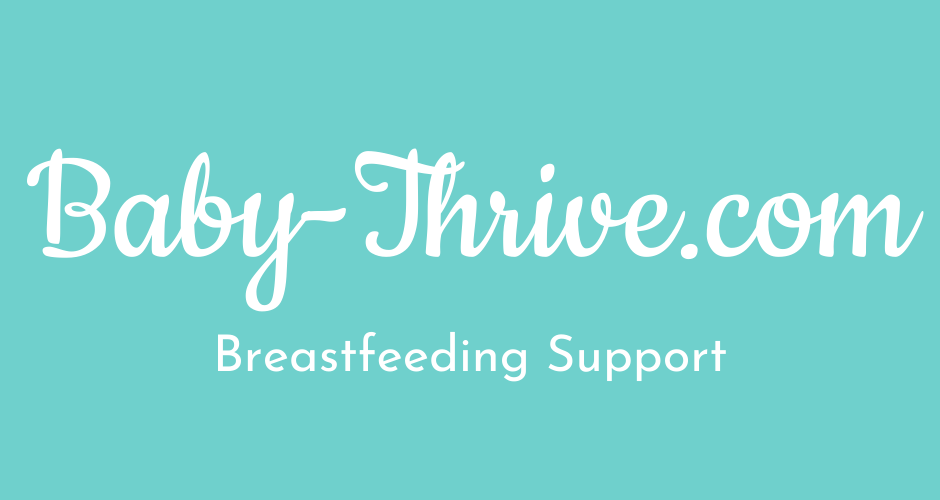6 tips for improved baby sleep
Before I was at Lactation Consultant, and before I was a mother, I was a nanny for 20 years working in London, Sussex, Australia and America. I looked after lots of babies from newborn and especially during their first year or two.
It's really common that new parents ask me about baby sleep, and baby sleep & feeding seem to be intertwined.
Circadian rhythm:
This comes gradually after the first 2 weeks of life.
During the fourth trimester do daytimes sleeps in the light in order to help circadian rhythm develop.
Fresh air outside, natural light, especially in the afternoon helps.
Floor play/tummy time/stimulation after “the big nap” (the 2hrs after lunch nap some older babies like)
Bedtime routine & (vaguely) set timings.
Bedtime routine- comforting, reassuring, predictable, use the same songs, dim lights.
Towards the end of the 3rd month sleep consolidation begins = more alert in the day & more asleep at night.
“Sleep Hygiene“:
This basically means good habits, such as using dim lights around bedtime and avoiding having the telly on in the evening in front of your baby. Keep heating in their room consistent (for instance if your household heating turns off at night, use a timer plugs on a small radiator in their room). Use blackout blinds in summer months to ensure sunrise doesn't wake them. Avoid sugary snacks before bedtime.
Sleep latency period:
This is the scientific term for how long it takes to fall asleep. If you are trying to encourage your baby to nap or go to bed in the evening and it takes more than 20 minutes from them getting in their bed till they are asleep, then probably they are not tired yet. You might like to rock them or pat them or shush them or breastfeed them, if it takes 20 minutes plus though, it probably wasn't the right time.
Habit stacking:
This is a long game. It's especially useful if you are trying to help a baby link sleep cycles or if you are trying to support your baby to fall asleep whilst moving away from a current sleep cute.
A common example, is breastfeeding a baby to sleep (which by the way, it's completely normal and natural), however, if you wish to move away from rocking to sleep, or feeding to sleep, et cetera, you can use "habit, stacking”.
Basically, you gradually layer on several sleep cues, such as white noise, rocking, patting, shushing, a favourite small, soft, blanket style, teddy, a scent in the room, such as lavender drops… after you have added several new sleep cues, you gradually move away from the one that is problematic for you.
Sleep pressure:
Sleep pressure gradually builds and can be relieved with a long, deep sleep. If a baby has several short naps in a day, this allows sleep pressure to build for a longer stretch of sleep in the evening.
Some resources suggest flexible nap locations for babies, allowing sleeps in the car and in the pram and in busy environments. Some sleep experts would suggest that babies should nap in the daytime with the lights on or the curtains open et cetera to allow sleep pressure to continue to build.
Of course, in reality, this is a balance - you are hoping for a reliable 90-120min nap after lunch but also hoping there will be enough sleep pressure for a good night time sleep. This is a good reason to record your baby’s naps, you may see a pattern emerging of how much daytime sleep works for your family.
Align your babies, longest sleep period with your deepest sleep period:
Most babies sleep their longest stretch for the first part of the night, often as much as 4-6hrs. Therefore, go to bed at the same time as your baby goes to bed because being woken during rapid eye-movement sleep (later in the night) is less offensive than being woken from your deepest sleep period. Of course this means you probably don’t want to aim for your baby to go to bed at 7pm!
Some resources:
This blog on how to get your breastfeeding baby to accept a bottle, so you can rest while someone else feeds.
And if you are reading this maybe you’d like to know if coffee is compatible with breastfeeding! Info here.
A blog about co-sleeping and bed sharing & the “4th trimester” here.
I’d love to hear what worked for your family.
If you have any questions regarding anything mentioned in this post, please feel free to get in touch.


